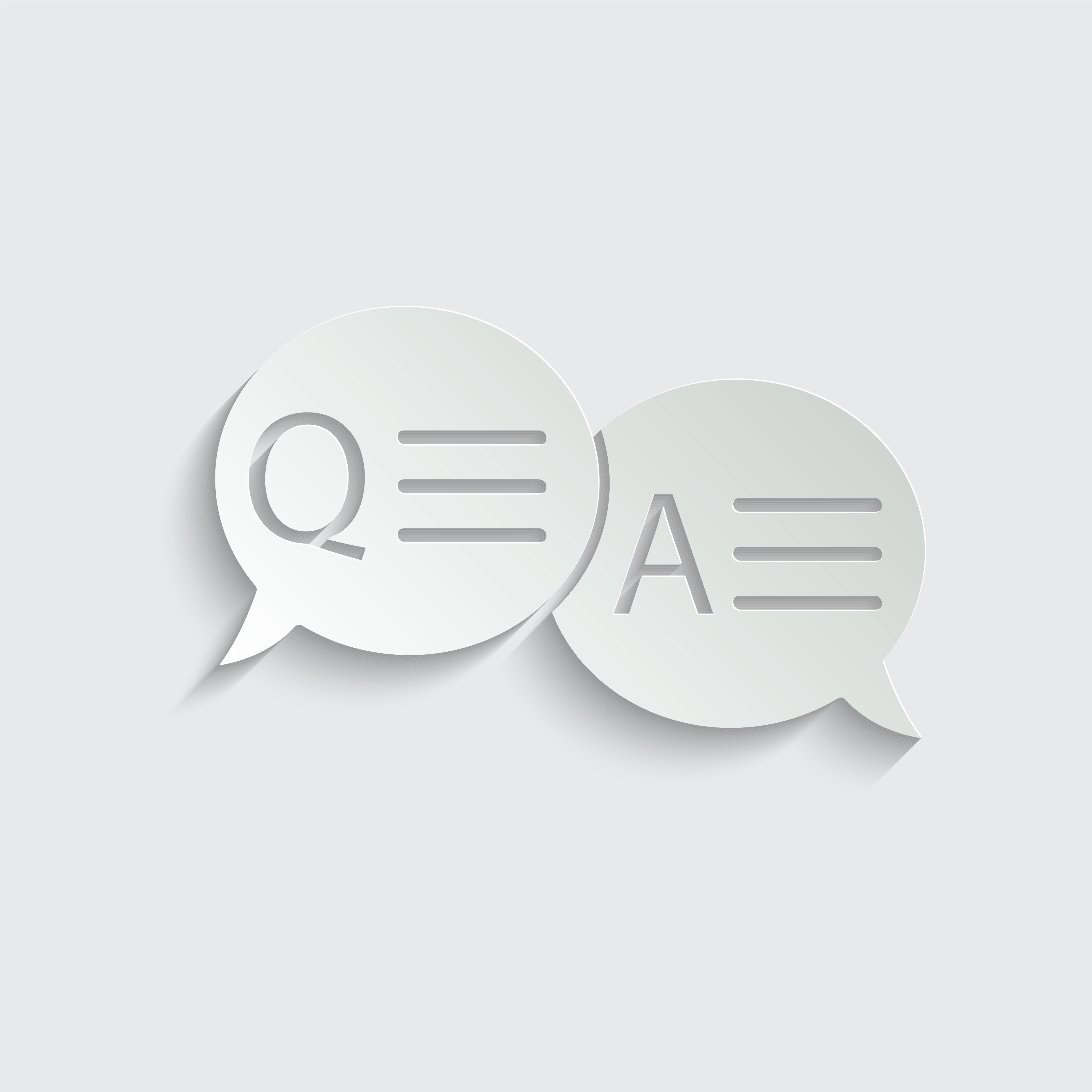We've got a couple of HIMSS Davies Award success stories to share with you this week!
In addition to the most recent winner, Unity Health's success story, a look back at the 2011 winner, Reliant Medical Group's EHR implementation, helped distill these 7 EHR tips we hope will be of use to you! Reliant Medical, formerly Fallon Clinic, learned many valuable lessons along the way.
1. Use the EHR to Reduce Patient No-Shows
Staff can use the EHR’s back-end database to make sure patients show up for tests scheduled appointments. At Reliant, a few days prior, patients’ names and phone numbers are automatically extracted and sent securely to the ELIZA Interactive Voice Response (IVR) system, which places a call to remind patients of their upcoming appointment. Patients can accept or cancel the appointment, and the system sends that info back to the EHR. If a patient still doesn’t show for a scheduled lab test and it’s not subsequently completed by another order, then a letter is automatically generated and mailed to the patient as a reminder of the need to complete the test.
2. Discover Which Patients are Most Delinquent and in Need of Help
Using internally developed software integrated with Epic, health coaches in Reliant's Patient Centered Medical Homes (PCMH) can identify patients with “actionable delinquencies.” If they are overdue for a monitoring test, for example, that is considered actionable and the patient is contacted to get the test performed. If they are merely overweight, that is less actionable. Thus, Reliant came up with a relative score known as the “Barometer of Actionable Delinquencies” (BAD). Patients who have the highest BAD score sort to the top of the registry, so health coaches know who to call first. The EHR also automatically mails out letters to patients on their birthday, telling them of any health maintenance or disease management tests or procedures they are due for.
3. Simplify Fields for Ordering Tests
To help physicians use evidence-based medicine in make clinical decisions, the physicians on the Epic implementation team built guidance into the names of the orders so that it’s easy to order the correct test. For example, they created “1-click” orders that contain the relevant diagnosis/history (e.g. Hematuria), timeframe (e.g. within 2 weeks), and correct study (e.g. CT Abdomen and Pelvis with and without contrast). “We were also one of the first Epic customers to integrate the UpToDate medical reference into Epic so that it’s readily accessible at the point of care and accrues CME credits,” said Dr. Larry Garber, medical director for informatics at Reliant.
4. Allow Patients to Access their Records
Besides making computer monitors easily visible in the exam rooms, Reliant implemented Epic’s tethered personal health record (PHR). This allows patients to view almost everything in their record online, including via their iPhones. They receive test results, can ask questions, request prescription renewals, download CCD summaries of their records, or do “e-Visits” for specific problems such as cough or back pain. Children of elderly parents, as well as parents of young children, can obtain “proxy access” to the patient records. Adolescents have uniquely secure access so that their parents only have limited proxy access to their records. This way, adolescents can be more honest with their physicians when using the PHR or when in the office.
5. Turn on the CDS Alerts to See Incremental Benefits
The team at Reliant also discovered that it wasn’t enough to just implement an EHR – they also had to turn on the clinical decision support (CDS) alerts in order to see incremental benefits. The group’s diabetic and breast cancer screening quality measures revealed that when they turned on CDS two years after the EHR go-live, they were able to achieve significant improvements, exceeding the National 90th Percentile in most cases. They were also able to show improvements in patient safety.
6. Consistency is the Key to Meaningful Use
Although Reliant implemented our EHR before “Meaningful Use” (MU) was defined by CMS, “we did find that MU had an impact on our organization,” Dr. Garber said. While prior to MU, they were using 100% of the EHR functionality, MU ensured its consistent use.
7. Mine and Share the Benefits of HIE
Connecting to other components of the healthcare community not only facilitates the rate at which EHR users see value, but also improves the quality, safety and care delivered throughout the entire healthcare community. Reliant Medical Group has been a leader in the novel use of interfaces and Health Information Exchange (HIE). They have worked with the Massachusetts Medical Society to interface the EHR with Massachusetts eHealth Collaborative’s Quality Data Center to compare our quality metrics with those of other organizations in the region.
What tips have you to share? We're interested in your success stories, however humble. Send us email and let us help you share your lessons learned!
Related Articles

QA: Azara Healthcare and i2i Population Health Unite to Support Population Health and Quality Improvement for the Safety Net
Explore Insights
Honoring 2024 Health Center Successes with CHQR Badges
Explore Insights
